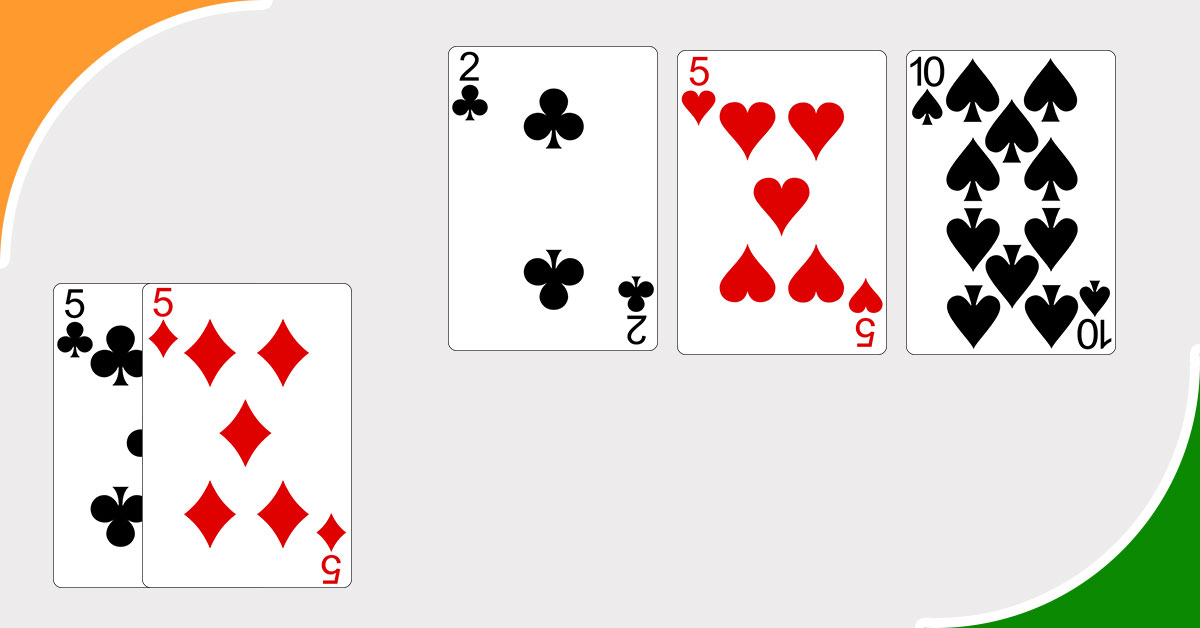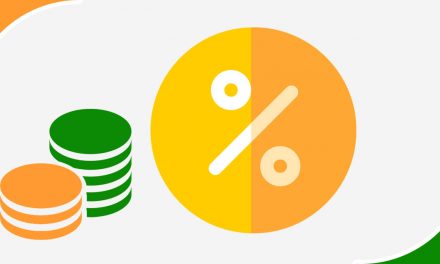Sets are a very strong hand in online poker and they often guarantee you to scoop a big pot. Calling preflop hoping to hit a set might be very tempting, but does it always worth it?
Are you 100% sure you are not just gambling against the odds?
In the following article we are going to dig deep into the set mining strategy and try to understand how it works and if it’s profitable in the long term.
Contents
How often do you hit a set?
The answer here is pretty easy: once every 7 and half times, or 13.33% of the times. After this quick calculation, it looks easier to understand if trying to hit a set is +ev in your hand. As long as your opponent has a deep stack that could getting lost playing against your set, it might be smart call the raise just to see the flop.
How implied odds matter in the equation
Yes, we now know the prerequisites for trying to mine a set. If you score it, you point will be strong and there are good odds you are going to win the hand, but there’s also another aspect to take in consideration, which is how your opponent plays.
Is the tight? Is he very aggressive? How does he generally plays?
the more tight your opponent is, the easier the hand will be played.
Let’s assume he rarely joins the action: it means he likely has a strong hand when he raises. If we guess he does have a premium hand like JJ+, mining a set with 77 on a board as 752 would be awesome because his overpair isn’t going to pay off against your hand, but he will perceive his hand as very strong, likely going all in and losing all his stack. In this case, your implied odds are just great.
The more aggressive your opponent is, the less value you can extract from your set, if happens. E.g. you do still have 77 and hit a set on a board like 752, but this time you guess that the range of your opponent is very wide, often ending in a miss on these kind of flops. In this scenario, hitting your once every 7 times and half dream scenario, isn’t going to pay off at all, making the implied odds way more negative
What’s the correct play?
As often happens in poker, “it depends.” The key factors are:
- stacks size
- opponents’ style
- your style
The third point is another relevant topic. The more hands you tend to play, the less your perceived range will be strong, which might lead to getting a lot of value from your sets when they do happen.
If you are a very tight player and you let yourself involved in hands only with a strong score, your opponents will know that and will be discouraged in playing all their stacks when you show you have a strong hand.
To summarize: math matters, but you also have to calculate your implied odds, based on your and your opponents’ image at the table.
Hitting a set might guarantee you to take the pot home, but don’t gamble hoping to turn a small irrelevant hand such as 33 into a winning hand mining a set on the flop.






